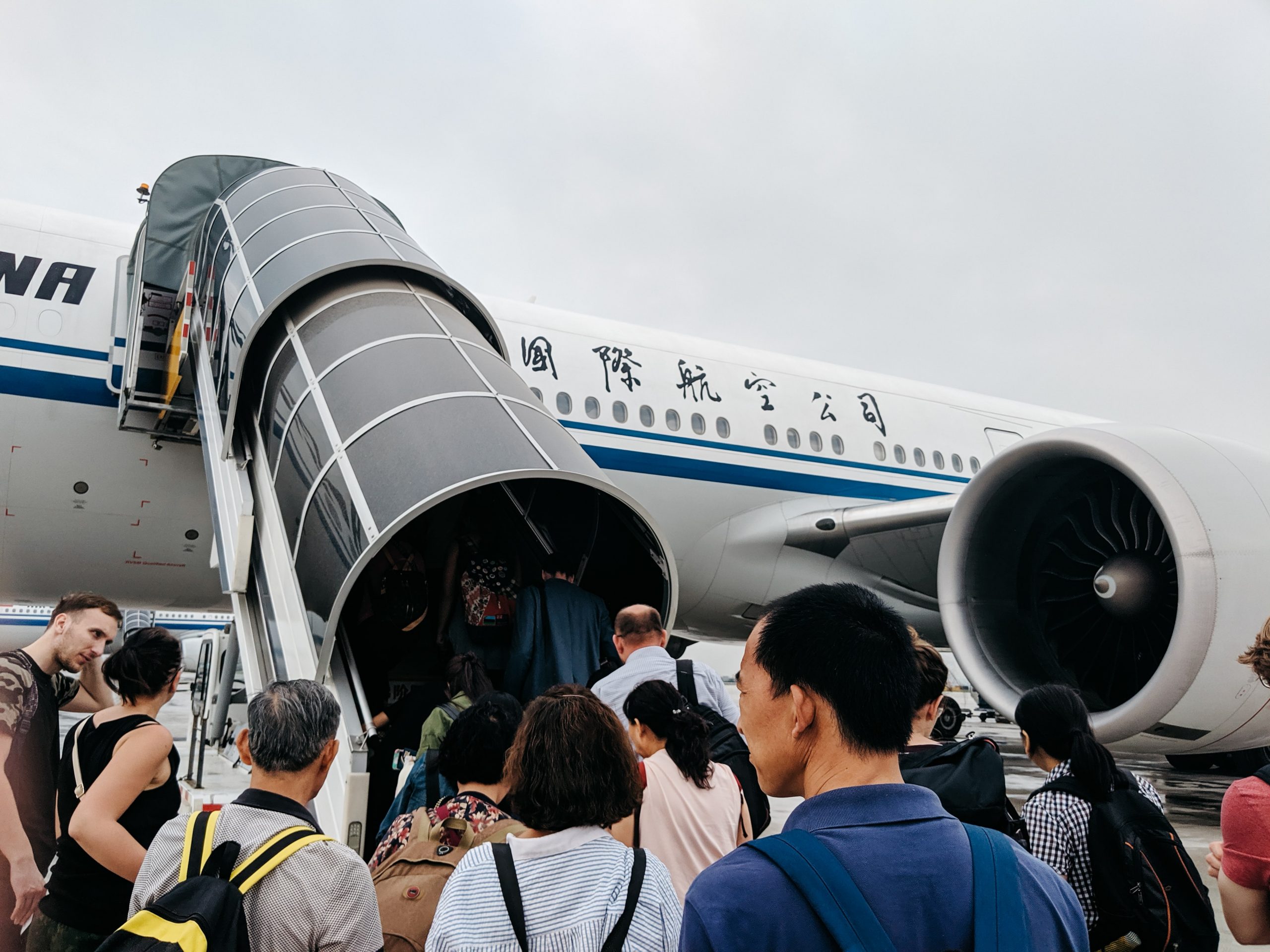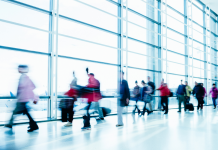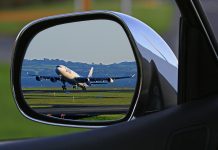
China reports a 69% decline in tourism revenue amid slow economic recovery. The figure emerged during the three-day Dragon Boat Festival that officially concluded on Saturday.
Restrictions on social activities are in effect primarily in Beijing. Officials tightened social distancing measures and scrutiny on travel in and out of the city after a cluster of coronavirus cases sprang. Meanwhile, several tourist spots are still limiting visitors at a fraction of total capacity.
According to China’s Ministry of Culture and Tourism, the 48.81 million tourist trips during the festival took in a revenue of 12.28 billion yuan ($1.73 billion). For China, this suggested a tourism revenue decline of 68.8% from 39.33 billion yuan during the festival last year, which dropped in early June. Official figures show that about 95.98 million tourist trips were made then.
“Tourism and other activity data from the past Dragon Boat Festival holiday (25-27 June) suggest that the recovery in services sector remains weak for some understandable reasons,” Ting Lu, chief China economist at Nomura, said in a note.
The reasons, according to him, are heightened social distancing measures and consumer confidence “clouded by elevated uncertainty and high unemployment rate.”
“Due to the travel bans (a)lmost no cross-border trips were made during the Dragon Boat Festival holiday this year,” Lu said. “These data suggest no significant improvement from the Labour Day holiday (in May).”
Slow recovery
“We do see that travel will come back,” Steve Saxon, partner at McKinsey, said during a phone interview last week. However, the firm claims it may take at least three years for a full recovery in air travel demand.
In terms of Chinese infrastructure built for overseas connections, such as the Beijing Daxing International Airport that opened last fall, a return on investment would not happen quickly, especially as business travel is foreseen to decline.
“Beijing Daxing and the new Guangzhou Terminal 2 have actually been designed very well for the (internationally) connecting passenger,” Saxon said. “In the next two years, that function will not really be used.”
Tourist spending
China tourism spending declined by 60% since the coronavirus pandemic, according to the report of the Ministry of Culture and Tourism.
Most Chinese people reduced their travel spending during the first major holiday in China since the virus began to spread.
China posted 115 million tourist trips domestically during the Labor Day holiday from May 1 to May 5 this year. The country collected tourism revenue of 47.56 billion yuan ($6.79 billion).
The figures represent a 59.58% decline from the 117.67 billion yuan the country gained for last year’s Labor Day holiday.
Based on the figures published by the ministry, the country recorded 195 million visits last year, which was one day shorter and took place between May 1 and May 4.
Overall figures fell short of 2019. According to Ctrip, car rental reservations gained 10% from last year. The online travel booking site reported that Shanghai, Sichuan province’s capital Chengdu and Sanya city turned up as the three most popular destinations.
COVID-19 outbreak sprang late last year in Wuhan, China before it spread around the country and to other countries. Johns Hopkins University’s latest data shows that the virus already killed more than 4,600 people in China. There are more than 252,700 beyond the country.
More than half of China extended the Lunar New Year holiday shutdown for a week. Then, businesses started to reopen gradually. Beijing imposed the most stringent measures, such as requiring domestic travelers to self-quarantine for 14 days upon arrival.






